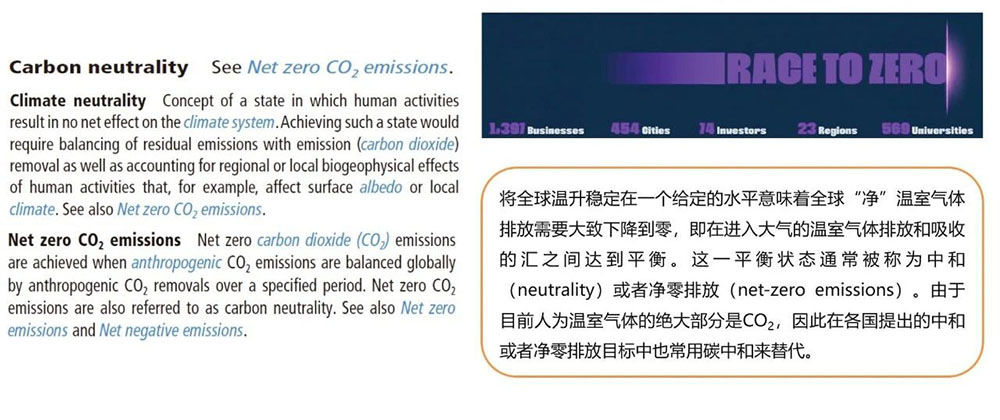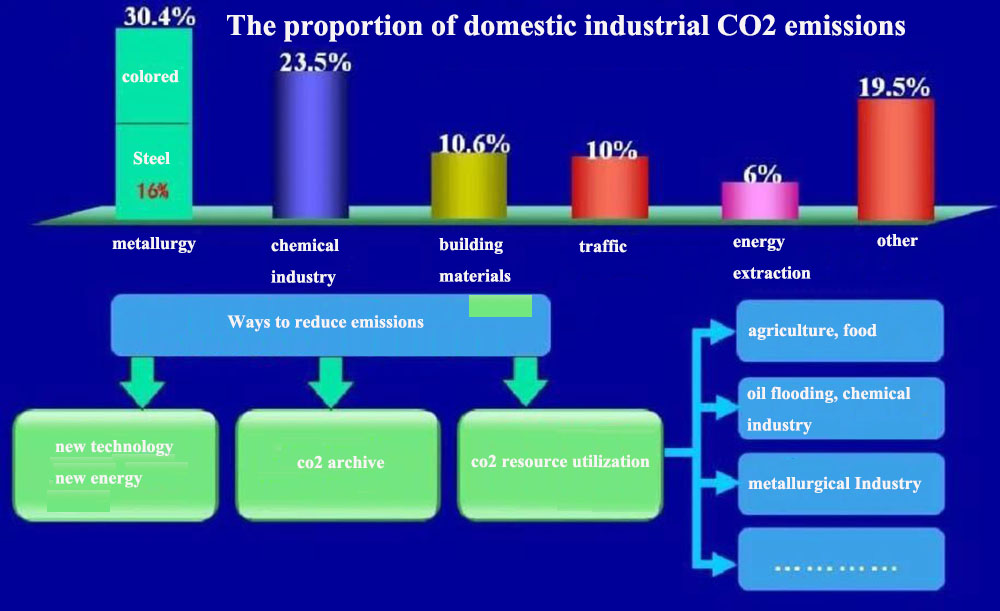Carbon reduction plan to help carbon neutrality (1)
Jul 02, 2021On September 22, 2020, President Xi Jinping delivered a speech at the General Debate of the Seventy-fifth United Nations General Assembly, promising that“China will increase its nationally determined contribution, adopt more powerful policies and measures, and strive to achieve CO2 emissions by 2030. Peak, and strive to achieve carbon neutrality by 2060.”On October 29, the Fifth Plenary Session of the 19th Central Committee of the Communist Party of China reviewed and approved the“CPC Central Committee’s Fourteenth Five-Year Plan for National Economic and Social Development and the 2035 Recommendations for the Year’s Vision. Since the "Paris Agreement" established the long-term goal of "controlling the global average temperature rise within 2°C within this century (compared to the pre-industrial level), and striving to control the temperature rise within 1.5°C", academic circles have carried out in-depth discussions. And research.

The rapid increase in the concentration of carbon dioxide caused by the burning of fossil fuels directly leads to global warming, which is the biggest problem in global temperature rise control, and poses a great threat to human production and life. Therefore, how to reduce the concentration of carbon dioxide in the atmosphere has become a general concern of all countries in the world. At present, there are three main solutions to reduce the concentration of carbon dioxide in the atmosphere: (1) reduce carbon dioxide emissions and solve the problem from the source; (2) capture the carbon dioxide in the atmosphere and then use methods such as deep burying for storage; (3) Carbon dioxide is used as a raw material to produce high value-added related derivative products. Although it is industrial waste gas, carbon dioxide can also be used as a large, cheap, non-toxic and renewable carbon resource. The reuse of carbon dioxide as a raw material has important research value and significance in terms of energy utilization and environmental protection.

There are several methods for resource utilization of carbon dioxide:
(1) Photocatalytic reduction: In recent decades, photocatalytic reduction of carbon dioxide has attracted the attention of scientific researchers. Its core concept is to use sunlight and simulate the entire natural environment for light-closing cycles. This method is considered to be advanced because it is a reaction carried out under relatively mild conditions, that is, at room temperature and normal pressure, and without additional energy input.
(2) Electrocatalysis: The electrochemical reduction of carbon dioxide (CO2-RR) is an innovative technology that can directly use electrical energy to establish a potential difference between two electrodes, thereby allowing carbon dioxide to be converted into value-added chemistry under mild conditions product.
(3) Solar thermochemical conversion: Solar energy is a renewable energy source, because it does not require additional energy and has no negative effects, so the method of using direct sunlight to convert carbon dioxide may be the most effective method. Direct solar energy conversion can be divided into two types: thermal conversion—sunlight is absorbed and converted into heat and then extracted; quantum conversion—can be directly obtained by photon absorbers (such as semiconductors or organic compounds) and then converted into output, which is the above Photocatalytic.
(4) Biochemical conversion: The biochemical conversion of carbon dioxide is essentially used to produce biofuels through "natural" photosynthesis. Because it can occur completely in the natural state, it is very attractive to produce chemicals or fuels. For example, the microalgae program not only has no additional land use requirements, but can also improve air quality, and requires very little water consumption. The most important thing is that the production cost is lower than that of petroleum fuels, making it quite competitive.
(5) Thermal catalysis: Hydrogen has high energy and can be used as a reactant for carbon dioxide conversion. With the development of renewable energy (wind energy, solar energy, etc.), the problem of the source of hydrogen has been solved by electrolyzing water with surplus electric energy. Therefore, carbon dioxide hydrogenation has attracted much attention because of its large-scale conversion and production of value-added hydrocarbons. In addition, various hydrocarbons can be produced indirectly through the two reactions of carbon dioxide hydrogenation to methanol and MTH.